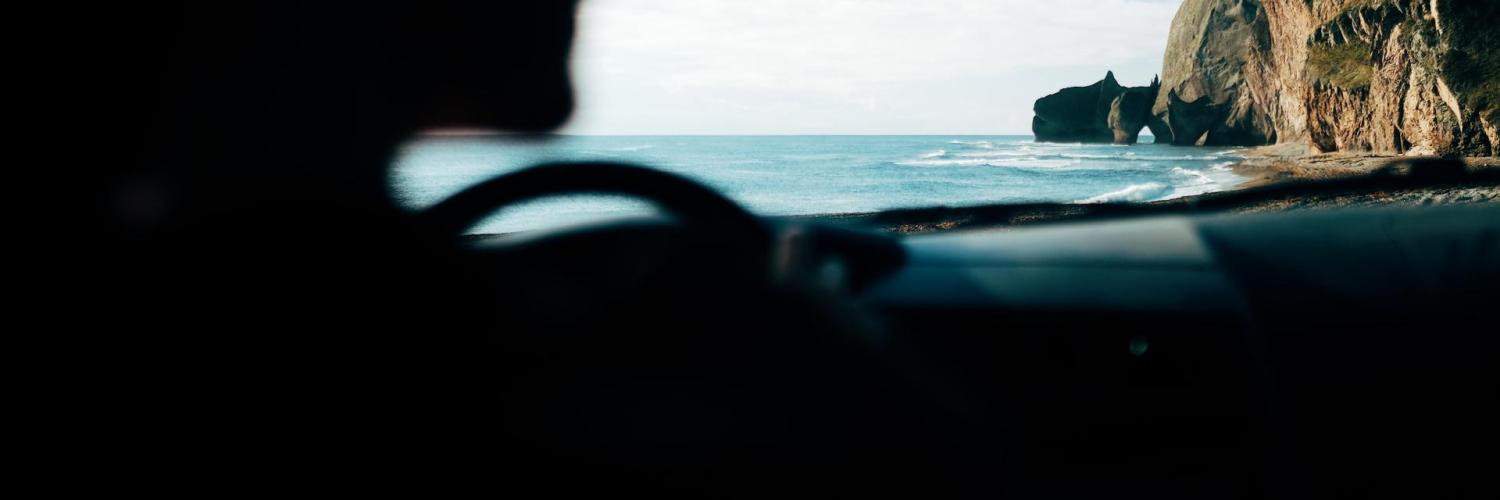
Winter and summer tyres
If your employer has opted for this service in their contract, you can swap your summer tyres for winter tyres and vice-versa when the time comes. You will receive an e-mail from us with the contact details of the approved tyre centres where you can do this twice per year.
If you're an Arval driver and you would like to fit winter tyres on your car, that's great news! Winter tyres are safer and more efficient than summer tyres in cold temperatures and winter conditions.
You should first contact your fleet manager to check whether winter tyres are included in your contract. You can usually also find this information in your car policy.
-
Make an appointment for winter and summer tyres
Enter your license plate (e.g., 1-ABC-123) on our handy Service Locator to easily find your nearest tyre centre and make an appointment by phone. You can also find the Service Locator on My Arval and My Arval Mobile.
If you prefer to book online, you can use one of our partners' online booking tools:
VPLH - Q-team Lambrechts
DO - Donckers
EC - Eurotyre-Ceva
TSE - PointS - Profile - Vulco -
Why fit winter and summer tyres?
Winter tyres
At temperatures below 7°C, the rubber in your summer tyres becomes harder, making them less efficient. Winter tyres contain the softer silicon and have a different structure, meaning they:
- can reduce braking distances by up to 10% in rain and even by up to 20% in snow;
- ensure better grip and less slipping in snow and ice;
- have a lower risk of aquaplaning in heavy rain.
At Arval, we recommend using winter tyres between October and April.
Summer tyres
Swapping your winter tyres for summer ones when the weather improves is also important. Summer tyres have more grip and a shorter braking distance at an average temperature above 7°C. The tougher rubber in summer tyres also wears much more slowly than the silicon in winter tyres. We therefore recommend summer tyres between April and October.
-
Are winter tyres mandatory?
Winter tyres are recommended in Belgium, but not mandatory. In the event of an accident, a sworn person (such as a police officer) can report the absence of winter tyres, but this has no legal effect and does not impact your insurance.
-
Travelling abroad
